Media Molecule have been releasing AAA quality games on Sony platforms since 2008 with the release of the “game-creation-tool” within a game, Little Big Planet. Subsequent releases from the family friendly British juggernauts have further refined the studio’s devotion to the philosophy of “play, create and share,” but the game itself, accompanying story and the interconnections between the two have always fallen outside of Media Molecule’s focus and, until now.
There was paper, and it was good
Tearaway is straight out of the Media Molecule playbook, that playbook has just evolved some since Little Big Planet’s last release (LBP2) in 2011.
Players take control of either Iota or Atoi depending on your gender of choice and embark on an adventure to deliver a message to the god of Tearaway’s little wold. That god is the player themselves who is shown in game using the video feed from the Vita’s front facing camera.
Those who have played Little Big Planet shouldn’t expect anything particularly new in the exposition department, the player’s character is introduced into the world of Tearaway by papercraft-inspired characters with larger than life voices whose overacting will be just a little grating, but still dripping with charm.
Tearaway’s gameplay subscribes to many platforming norms and does little to break the mould in this area besides implementing many of the Vita’s special features as a part of the gameplay. Front and rear cameras, touchpads and accelerometers are all utilized to mix-up theplatforming and are used keep the game fresh as the hours roll on.
The touchpad interaction is very satisfying and unfurling rolled up bridges or popping your fingers through the back touchpad looks and feels great. Unfortunately though the rear touchpad feels a little under utilized at times and you only get a few good chances in the game to really get stuck into some finger based combat, mostly you will just be grabbing little critters and quickly throwing them again for a quick dispatch.
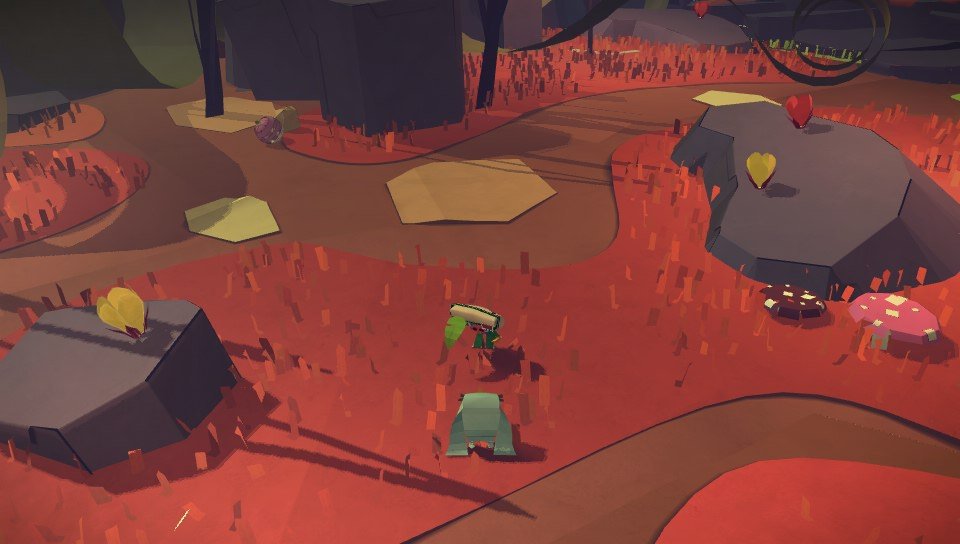
Beautiful scraps
Without any doubt, Tearaway is the most visually breathtaking title on PS Vita to date and easily one of the most artistically accomplished games of 2013. Gorgeous palettes of saturated bright colors and subdued pastel shades are enriched by the PS Vita’s OLED screen and take on an appealing graphical quality only reached previously by the likes of Zelda: The Wind Waker and other luscious visual titles like Okami.
As the player traverses the environment the numerous paper items behave as you would expect in the real world, scraps of paper sit leisurely atop others and compress as you character walks on them. This attention to detail extends to an interesting and deliberate mismatch between the (smooth) framerate of the game and the low amount of frames in environmental paper animations which gives a stop-motion like presentation.
The game features an almost entirely HUD-less display with only small tears of your character’s “stamp” forming your “damage meter” while in combat. This reduction in screen clutter aids in presentation and allows you to focus on the gorgeous environment and characters without any distractions.
2013 has already been the year of “gaming-selfies” so far and Tearaway is not making any effort to buck that trend. Tearaway comes with an in-game camera (selfie-capable) with all the features you have come to expect form your smartphone or Instagram including wide, macro, action shutter modes and numerous graphical filters to give your photos vintage and retro looks. In fact when the game is all complete and you have unlocked all the different filters and lens types as well as the ability to take photos in “the real world” rather than just in game, Tearaway’s camera is actually more capable than the Vita’s own camera software.
Creases and all
Not everything is perfect in Iota’s world though and in a few instances the controls are simply hard to work. Moving the left analogue stick and jumping while needing to make precise movements on the rear touchpad, such as in order to jump onto a moving walkway which you control with the touchpad for instance, is a bit of an exercise in frustration but thankfully these moments are few and far between.
Combat is unfortunately a very straightfoward “pick up stunned enemy, throw at wall or enemy” affair that doesn’t really evolve significantly as the game proceeds besides adding more enemies and allowing you to dispatch them a little faster. The real difficulty spikes come from the platforming sections which can quickly increase in difficulty and become the source of some small amount of annoyance. Often Tearaway leaves no room for error in platforming and combined with Iota’s lacklustre jumping ability you often need to do things exactly as the developers intended almost down to the pixel, leaving little room for finesse or any deviation from the one and only solution to your problem.
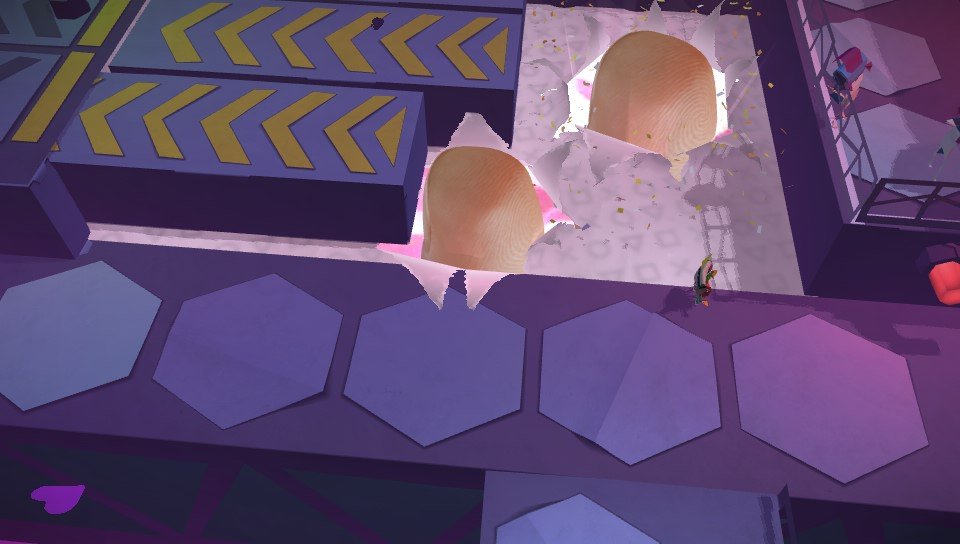
Tearaway comes with an online portal which serves mainly as a hub to upload your photos to and for downloading unlocked papercraft models to craft at home. The biggest missed opportunity with Tearaway.me is the inability to share costumes and parts created, which would give people who are interested in creating or sharing parts a reason to keep logging in and playing.
The supplied parts to customize your character are also sadly limited, considering the simplicity of the included eyes, mouths and customization parts it seems like it would have been trivial to include some more options and save players the frustration of attempting to cut them out themselves using the games own clumsy tools.
As it stands once you have played the game once there is no real reason to revisit the world itself unless you want to hunt trophies and collectibles. Most, if not all camera features and outfit pieces should be easily unlocked after a single playthrough.
Frequent switches between fixed, semi-fixed and free camera perspectives can lead to some frustration as you attempt to align the camera and also when the ability to control the camera is arbitrarily taken away at times.
Shake it like a polaroid picture
Much like Tearaway’s graphics, Media Molecule leveraged talents at the studio in order to make sure Tearaway sounds just as good as it looks. Piercing folksy strings and violins punctuate your character’s adventure with charming melodies and beating drums are used to create a feeling of pace and rhythm. Horns, chimes and accordions are all harnessed create moments of quirky mischief and foreboding, with the soundtrack being masterfully produced and very well matched to the game that Tearaway is.
One particular moment when you find vinyl style turntables which the player can loop and scratch at will had me abandon all interest in progress as I cut up some funky beats.
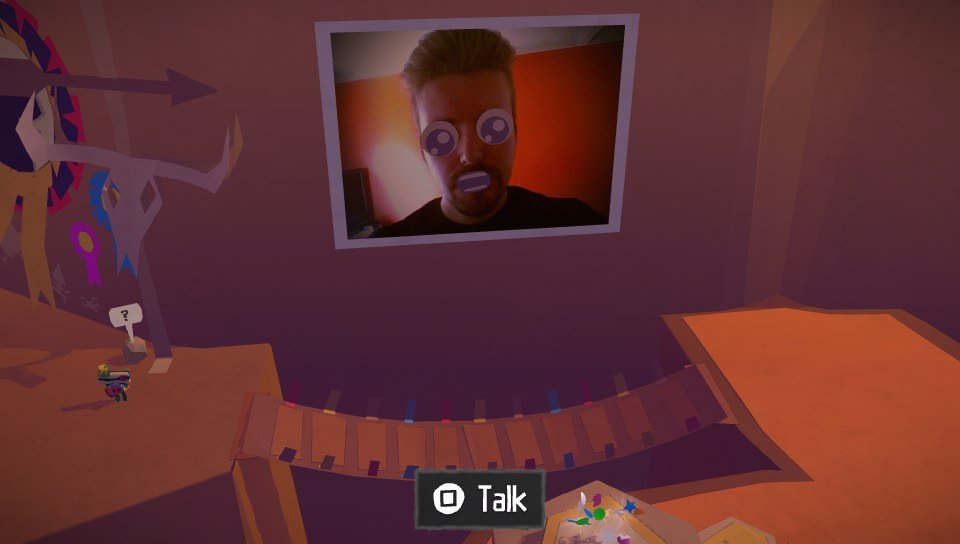
High hopes for a little game
For Sony’s languishing PS Vita platform big releases are few and far between and Tearaway forms the figurehead of Sony’s portable Christmas lineup. For fans of portable gaming, the Vita or even just a good platformer, Tearaway is a must have. It mixes up traditional gameplay by adding some new elements but where Tearaway shines most is in the presentation and design areas. Many games have used the cameras on the latest generation of portables to “put you in the game” but nothing does that task quite as successfully as Tearway, which is a love letter to the Vita’s unique features and uses them expertly to create a game that rises above other creative platformers of its ilk.


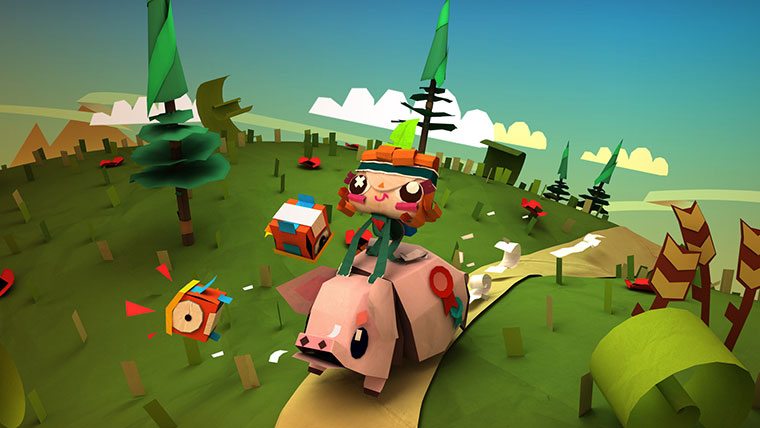
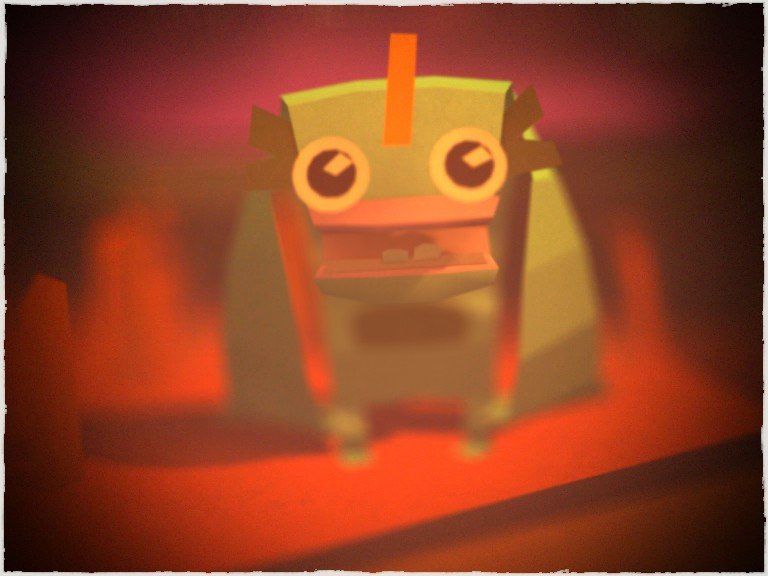






Published: Dec 11, 2013 04:43 pm